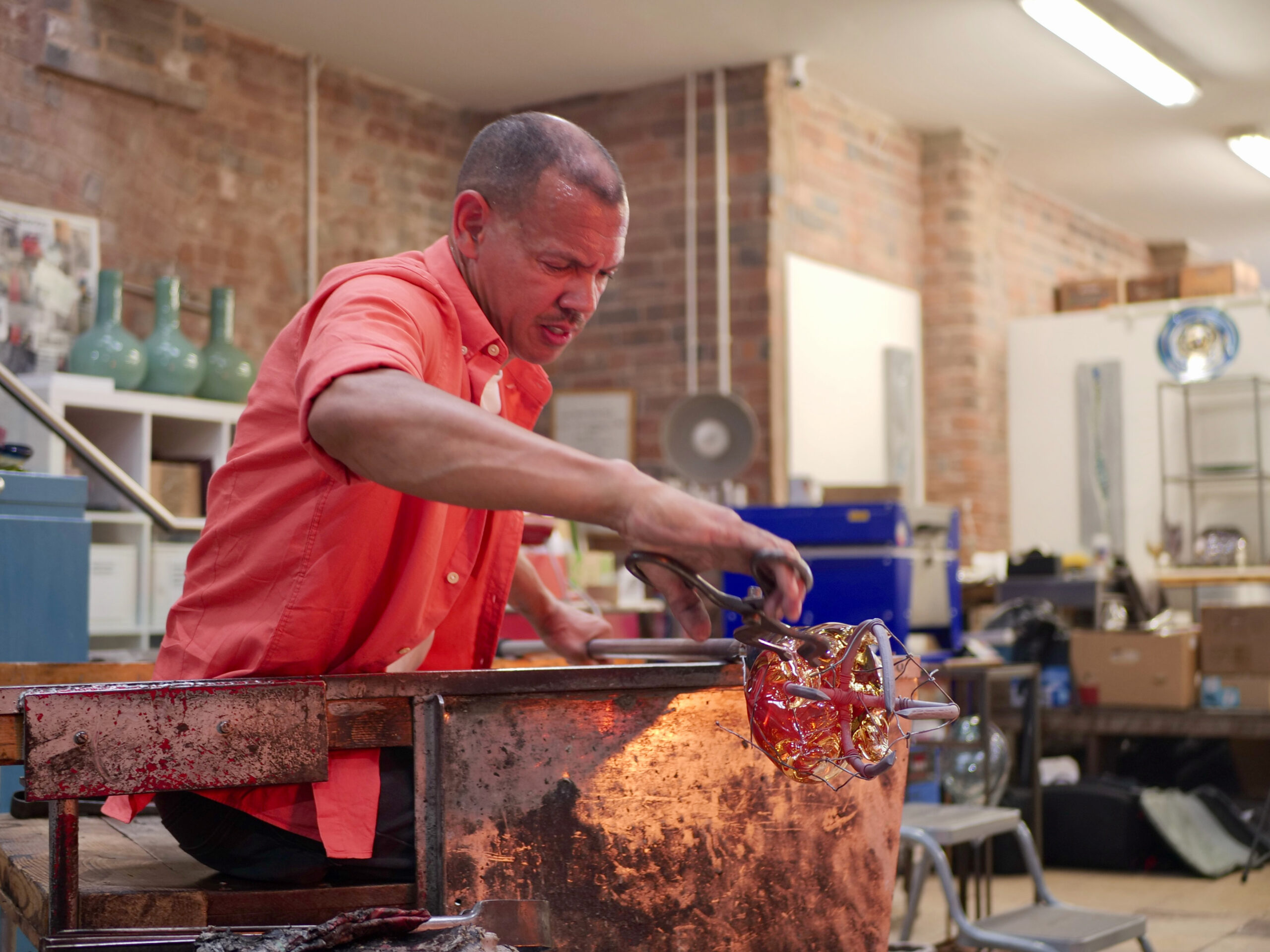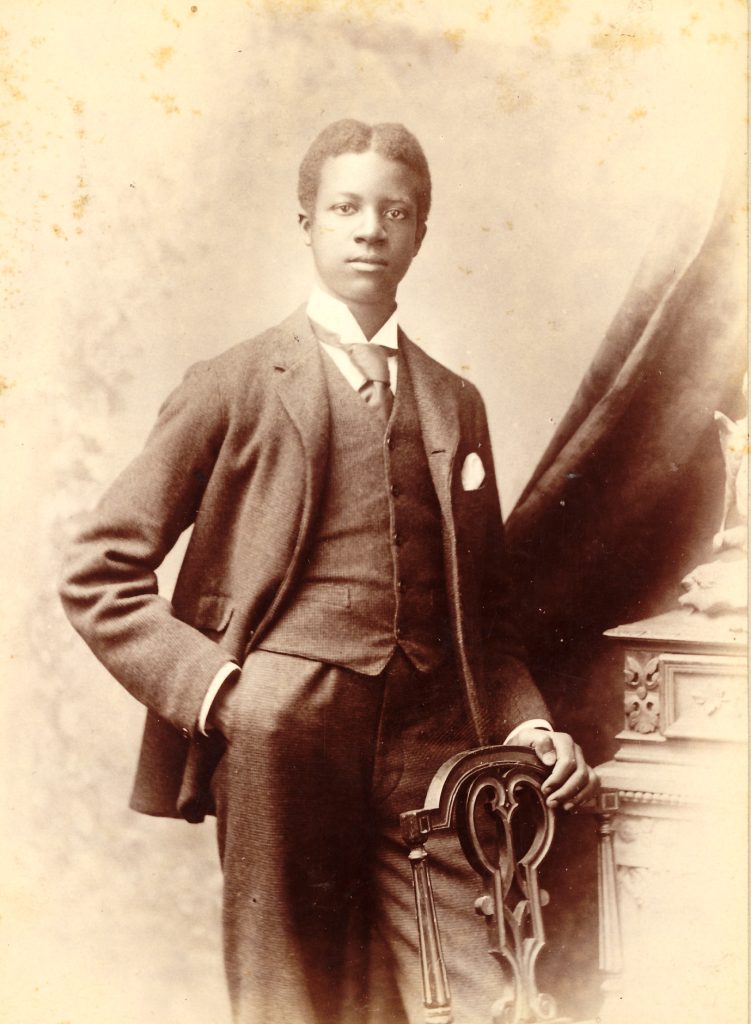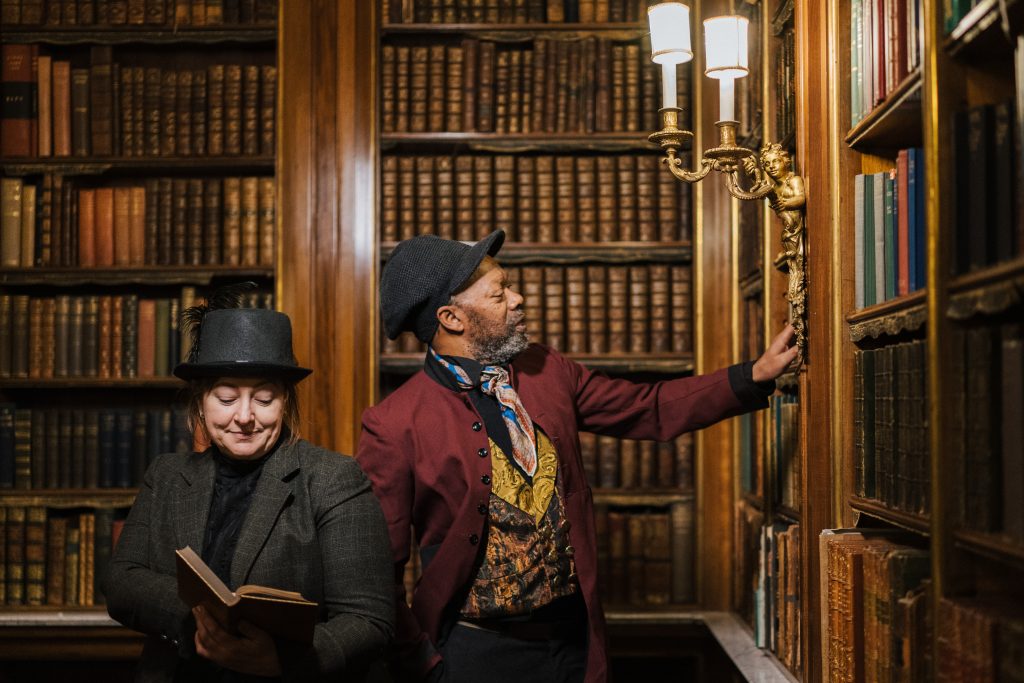As we prepare to launch our inaugural Craft Spotlight this Saturday 26 June 2021, Hannah Obee, Director of Collections, Programming and Learning, takes us through why Craft Spotlight was created, our Open History programme and Harewood’s commitment to being open and honest about its past.
Black Lives Matter. We knew this, we agreed and we felt we were addressing this, promoting diversity and inclusion through our exhibition and learning programmes. Then on 25 May 2020, George Floyd was murdered on a street in Minneapolis. Suddenly the lens we looked at the world through fractured with a brutal reminder of the vast spectrum of challenges faced by Black people.
While Harewood has repeatedly been committed to addressing its past, opening debate into our roots in the Atlantic Slave Trade, culminating in a year-long programme of events to mark the Bicentenary of the Abolition of Slavery in 2007 and giving emerging artists a platform, by commissioning artists of diverse heritage, from Sonia Boyce to Rommi Smith; the momentum of the BLM movement last May stopped us in our tracks and made us reassess our contribution.

Craft Spotlight : Chris Day
During our 2019 Harewood Craft Biennial, I read a report that 96% of professional, full-time crafts people identified as White British. We had already decided this lack of diversity would be a key subject for discussion in the next Harewood Biennial. What we needed though was a consistent response to this lack of racial equality in the Craft world, so we developed Craft Spotlight. This provides funding and a platform for an emerging maker of diverse ethnicity to showcase their work, promoting Craft to people of diverse heritage and ensuring their voices are represented at Harewood. The inaugural display opens 26 June 2021 in All Saints Church at Harewood and features the work of emerging glassblower, Chris Day. His research into Black history and his personal experience made him want to create work that started challenging conversations around Black history including the Transatlantic Slave Trade. His aim is to inspire more Black glassblowers through his own work. Craft Spotlight will continue to be staged in the years between the Biennial.
This year we also begin an annual series that will celebrate and share the often-untold stories of people of African descent with Yorkshire connections throughout history. For 2021, we have teamed up with Leeds-based DSRG (the Diasporian Stories Research Group) to bring to life Bertie Robinson: The Footman from St Vincent (17 May – 31 October). George ‘Bertie’ Robinson travelled with the 5th Earl and Countess from the West Indies to Leeds in 1893 aged 13. Harewood’s first black member of staff, his personal story is extraordinary and compelling. Yet it also lays bare the impact of colonialism in the West Indies post-slavery and attitudes to race in Britain in the early 20th century. These led to him losing his job after nearly 30 years of working for the Lascelles family. New discoveries made while researching the exhibition are included in the display on the State Floor. Our Assistant Curator and Archivist, Rebecca Burton, uncovered letters from his mother Amelia Robinson to the 5th Countess of Harewood while an email to DSRG answered some long-asked questions of what happened after Bertie was sacked. We are very grateful to the Wray family for allowing us to share their story.
Finally for 2021, Heritage Corner brings its unique brand of insightful Black History Walks to Harewood in A Storm at Harewood on selected dates between 12 June and 14 August. Following the success of their regular events in Leeds City Centre, Joe Williams and Vanessa Mudd take Pablo Fanque’s Circus Royal performance at Harewood in 1847 as a jumping off point to explore African and West Indian connections to Harewood in an imaginative, fun and family-friendly guided walk of the House and Grounds. Exploring 2,000 years of African presence in Yorkshire, the walk will provide a greater understanding of Africa’s rich history and contribution to the region.

